In the late 1830s, a remarkable charitable venture took root in Newport: the Newport Clothing Club, a provident society dedicated to helping the poor clothe themselves and their families during the bitter winters of the 1840s. Believed to have begun in 1838, the club rapidly grew in scale and by the early 1840s was providing comfort and dignity to hundreds of working-class families.
The principle was simple but effective. Members, mostly drawn from the poorer classes, paid in small weekly sums — often collected at St Paul’s Church — from their modest earnings. Each deposit was carefully recorded, and at the end of the year the savings could be redeemed for warm clothing, shoes, and blankets. Importantly, members received not only what they had managed to save but also an additional bonus funded by charitable donations, meaning their modest contributions went much further.
“Each poor person gets the full value in good clothing or blankets of the amount of money he may have paid in… and so much more from the fund arising out of the contributions of the benevolent ladies and gentlemen.” — Monmouthshire Merlin, 4 December 1841
The benefits were far-reaching. In 1841, the club had more than 300 members, whose deposits amounted to about £180 — a considerable sum for the time. On top of this, donations provided over £20 in bonuses, allowing members to obtain extra garments and bedding beyond their savings. That year’s distribution included 50 pairs of blankets, 400 yards of flannel, and other clothing of every description. By 1847, the scheme had expanded even further: the club spent £239 14s 10d on drapery, £14 14s 10d on ready-made clothes, £10 4s 4d on shoes, and nearly £38 on children’s clothing and shoes. Alongside the main scheme ran a “Children’s Penny Clothing Club,” which enabled even the youngest children to be decently clothed through tiny weekly contributions.
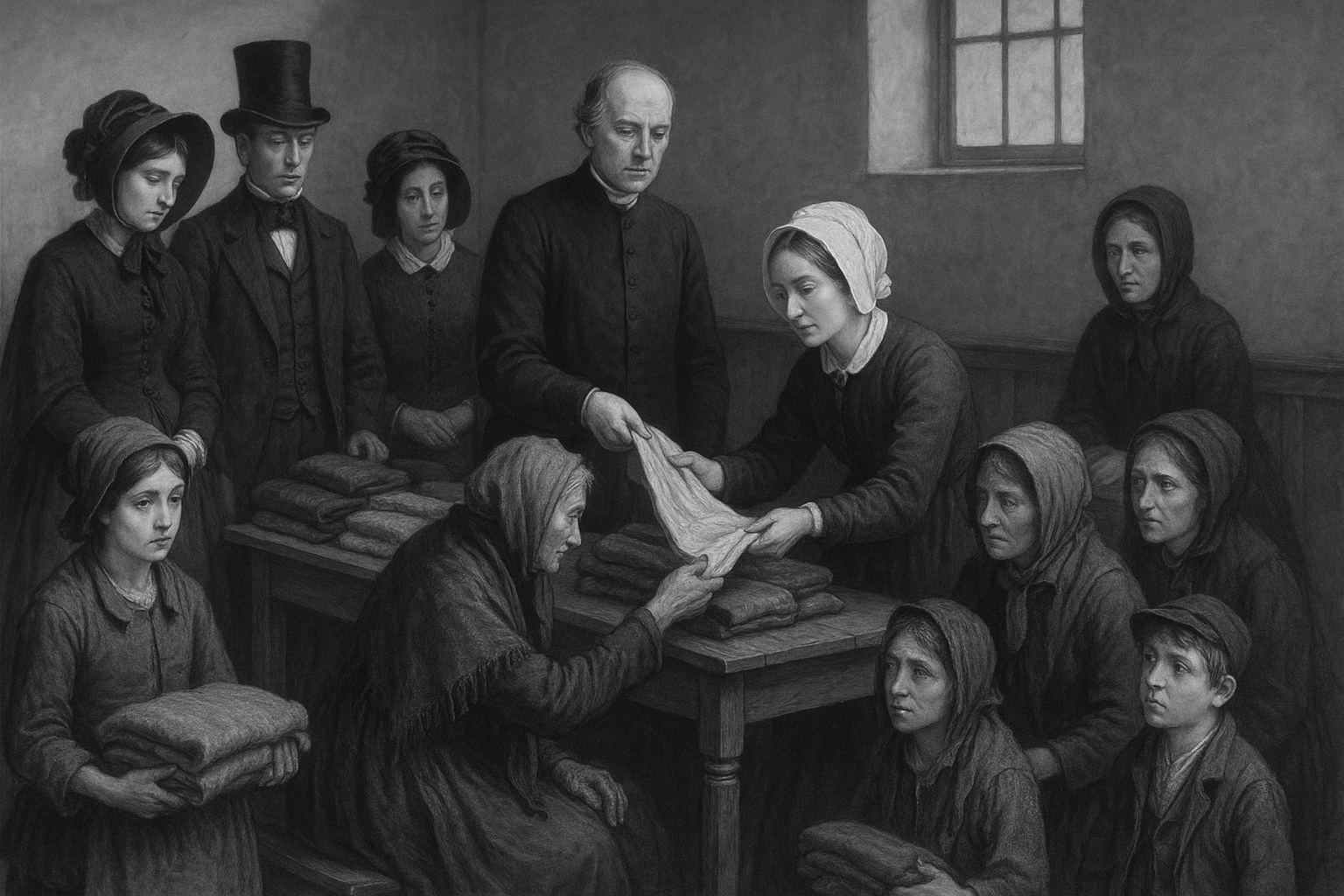
What made the Newport Clothing Club all the more extraordinary was that it was run entirely by women. The management of this “extensive society” was carried out by just two unnamed ladies, praised in the press for their “exemplary philanthropy and zeal.”
“The entire management of this extensive society is entirely conducted by two ladies.” — Glamorgan, Monmouth and Brecon Gazette, 11 December 1841
They were supported by a wider circle of local women benefactors — Mrs New, Mrs Cordes and family, Miss Bennett, Lady Francis, and Mrs Birch — who helped organise the annual distributions at the National Schools in Commercial Street.
Local clergymen and prominent townsfolk often lent their presence: the Rev. James Francis and his wife, the Rev. Lawrence, and James Birch, Esq. and Lady were all noted as attending. Other benefactors contributed in practical ways: Mr James of Commercial Buildings forwarded clothing donations free of charge, while William Jones, Esq. of Pyle was praised as one of the most munificent donors. In times of particular hardship, such as the influx of destitute Irish immigrants in the 1840s, club supporters also helped organise soup kitchens and relief efforts.
At the annual distribution, the Girls’ and Boys’ National School rooms were thrown open, the tables stacked with piles of flannel, shoes, and blankets waiting to be claimed by their owners. Observers described it as “the most pleasing and gratifying sight ever beheld,” with poor families sitting patiently, vouchers of good character in hand, while the ladies of Newport and their clergy handed out goods that would help them face the harsh winter ahead.
The Newport Clothing Club was more than just a charity. It was a striking example of Victorian self-help and philanthropy combined: the careful weekly savings of the poor matched by the generosity of the town’s women and gentry, creating unusual comfort in the hardest of seasons.
Sources:

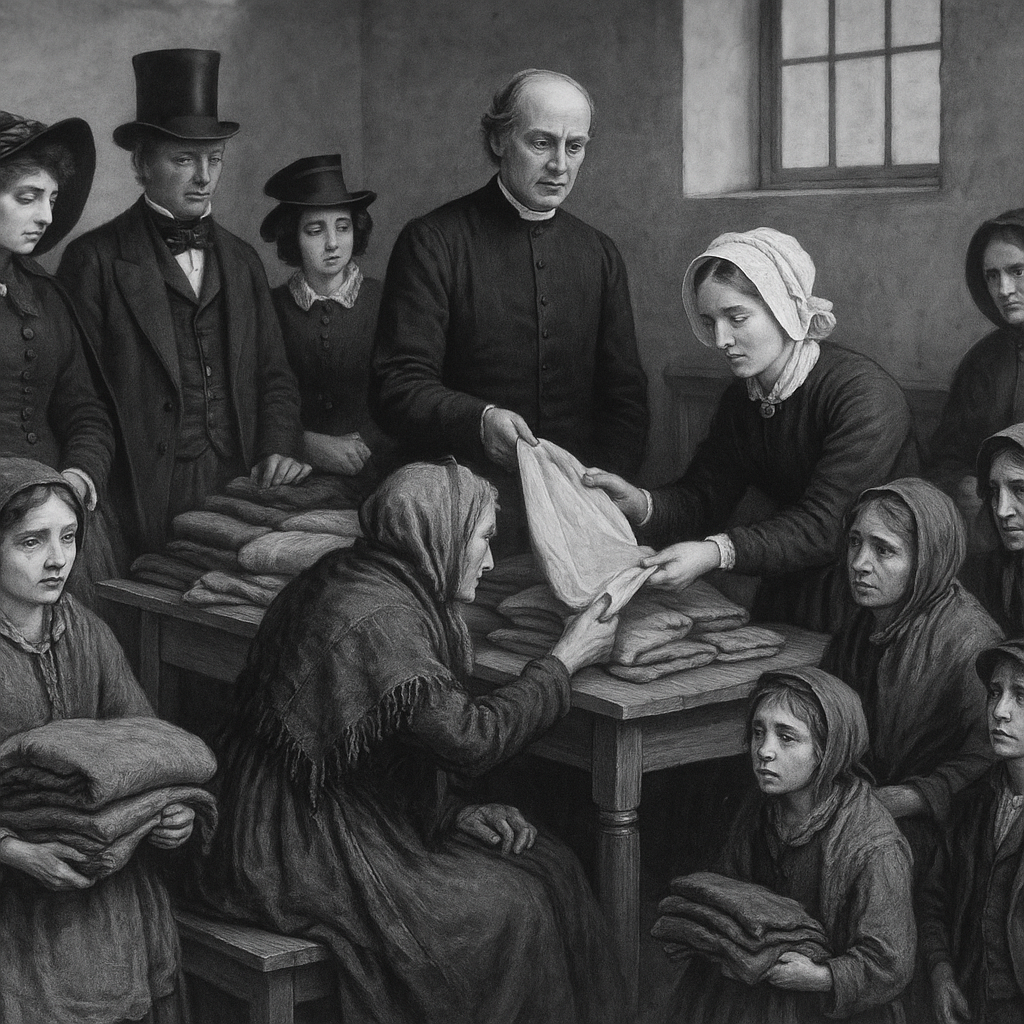
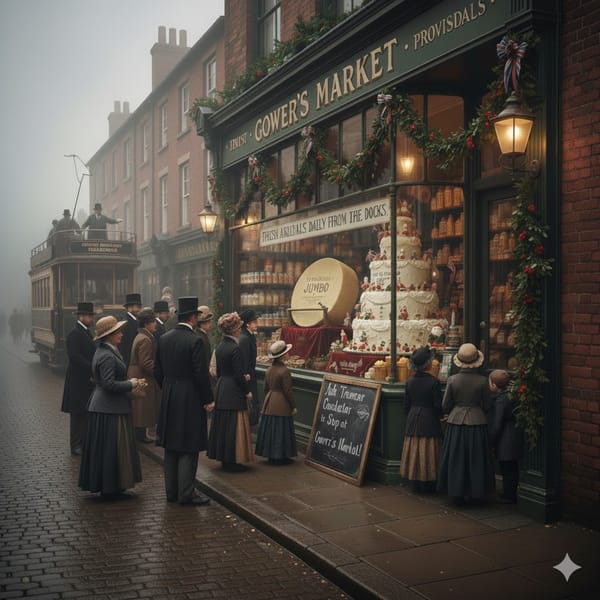
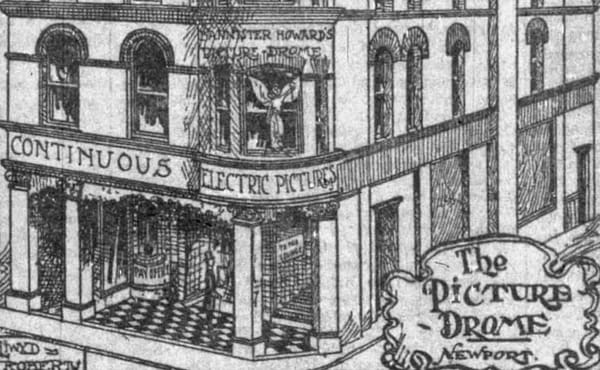
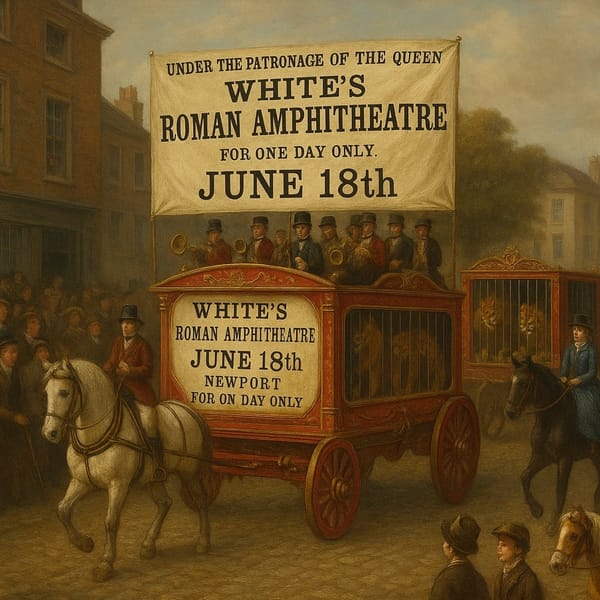

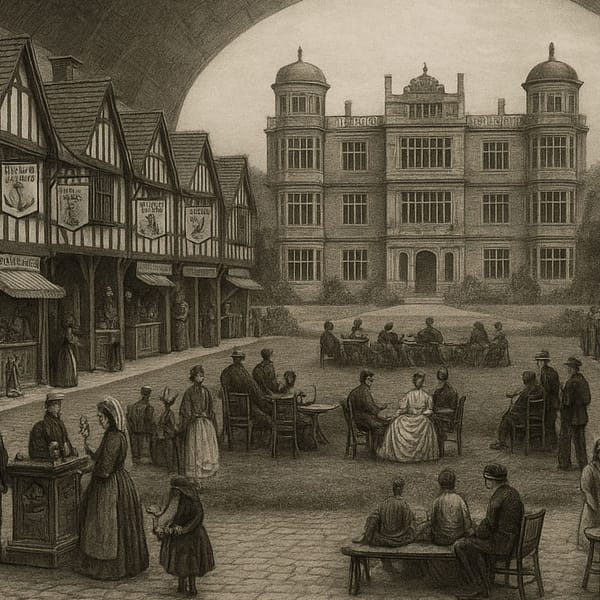
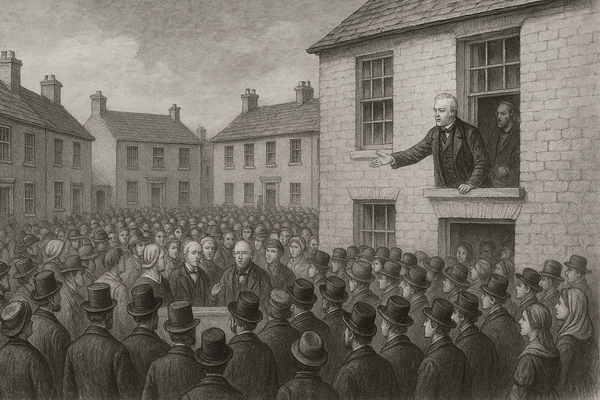
Member discussion